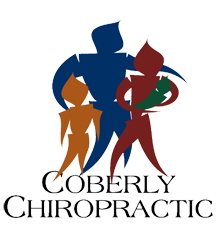Prescription Painkillers Deadlier Than Heroin
As rates of prescription painkillers soar, new research from the American Journal of Public Health reveals just how deadly opioids can be. Media reports on these deaths focus on doctor errors and websites selling the drugs, but researchers from McGill University in Canada are finding something else.
What they found was that in 2010, prescription painkillers resulted in more than 16,000 deaths in the US, reports Medical News Today. That number was greater than the amount of deaths from heroin and cocaine combined – and there was little influence from websites and doctor errors.
The big problem is in how the painkillers work. They do decrease pain but in the process, the drugs bind to the same receptors in the brain that create a ‘high’; a sense of euphoria. These same receptors are also linked to addiction and physical dependence. This is why many people on prescription painkillers end up seeking their next dose – to feel the euphoria.
In fact, in 2010 over 12 million people used prescription painkillers without a prescription or because they wanted to get high, according to the Centers for Disease Control and Prevention. These drugs also automatically cause you to slow down and relax to the point of sedation. That may seem like a good thing, but when your breathing slows down so much, you can end up in cardiac arrest.
Those likely to die from painkillers were people who combined them with other drugs and alcohol, and those who were taking the strongest, long-lasting opioids such as oxycodon.
One way to decrease the continually growing number of people on painkillers is to go right to the source of pain and address the issue. Many people take opioids for soft tissue injuries or spinal conditions; yet, these drugs are totally avoiding the primary goal – to heal the affected tissues.
Chiropractic manipulation of the spine and joints alleviates discomfort by decreasing compression of spinal nerves and allowing the affected body part to receive the proper nervous system influence that stimulates healing. Numerous studies have shown for example that patients who only receive care from a medical doctor for their back or neck pain don’t experience the same benefits that patients under chiropractic care do. For instance, one study from The Journal of Manipulative and Physiological Therapeutics showed that patients with chronic lower back pain reported more improvements and a greater satisfaction with their treatment after one month compared to patients treated by a medical doctor.
The answer to the increasing deaths from painkillers seems quite obvious – involve chiropractors more often in medical treatment plans – and watch the potential victims return back to performing a vital role in the community.
Reference
King NB. Determinants of Increased Opioid-Related Mortality in the United States and Canada, 1990–2013: A Systematic Review. American Journal of Public Health, doi: 10.2105/AJPH.2014.301966, published online 18 June 2014, Abstract.


